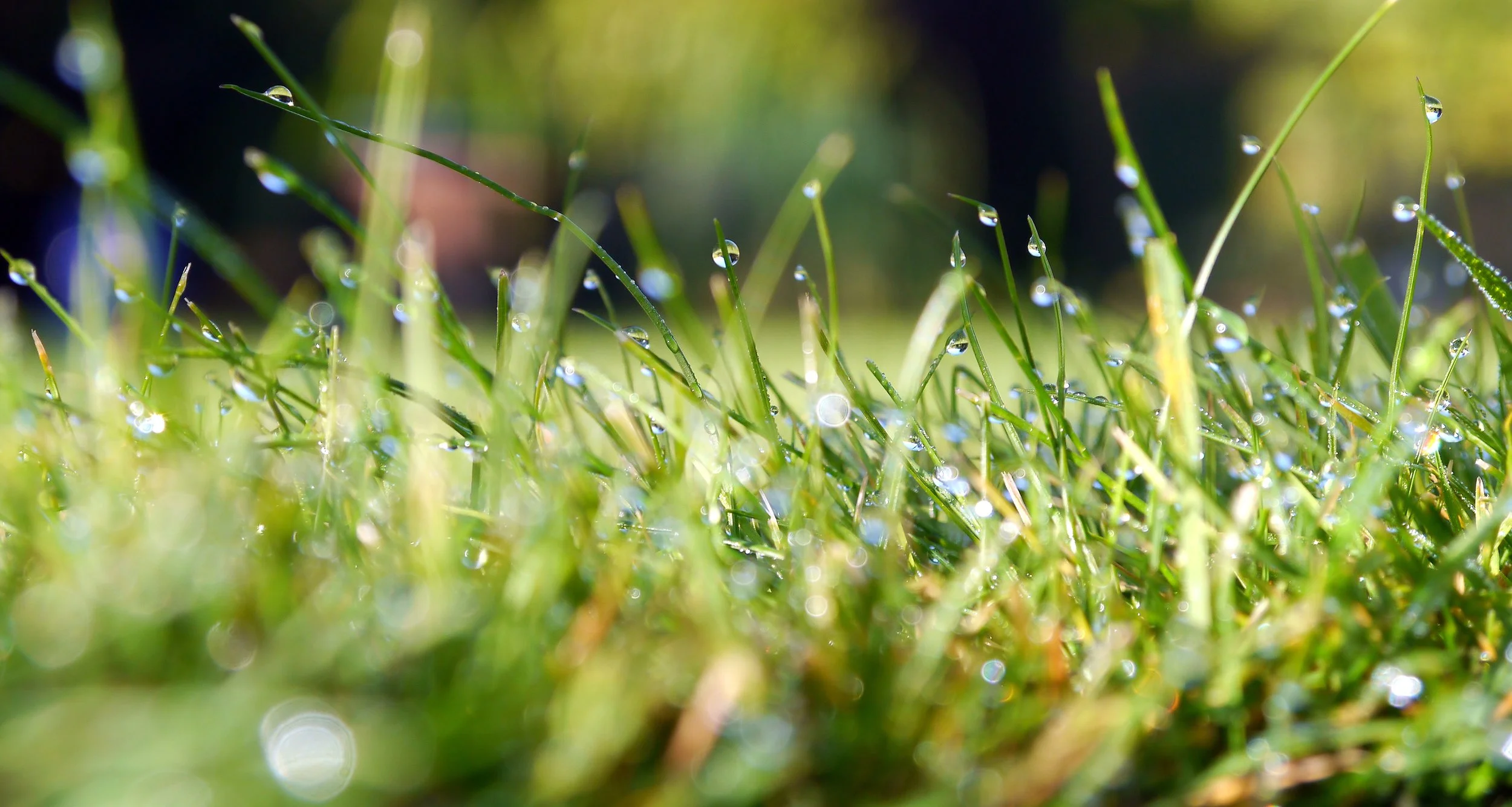Berries and beyond: 6 ways your winter garden can help wildlife survive the cold
/Put that green thumb to good use this winter and support native wildlife
photo courtesy of backyard bounty
In the dead of winter, bare branches and frost-covered bushes can make your winter garden appear dormant. But, looks can be deceiving...
With a few smart gardening tips, your backyard can support wildlife during the coldest and darkest months of the year.
And our local critters need our help now more than ever.
The Potomac River’s health has made a recent comeback and we’re seeing many native animals making a return. But, deforestation and polluted runoff in our region is destroying habitat at a worrisome rate.
As we have taken over increasing amounts of space, the suburban-urban garden is now the front line in creating sustainable habitats.
We all need to do our part — and your own backyard is the perfect place to start!
A garden that supports wildlife is one that fosters the conditions pollinators need to survive and supports the insects that birds rely on for food.
Your garden can be a safe haven for wildlife by providing reliable sources of food, water, and shelter year round.
Keep our birds and bees happy, and our ecosystem diverse to boot — Here’s how:
#1 Keep hollow stems, compost, or leaf litter on the ground
photo courtesy of backyard bounty
Most of our native bees nest underground in areas that are sunny, lightly vegetated, and where soils are well drained or in tunnels in wood or stems. Cavity nesting bees will make nests in hollow twigs and stems of native plants such as oakleaf hydrangeas and elderberry.
To welcome them, be careful about over-pruning these plants in the fall.
Beauty bonus: Oakleaf hydrangeas and elderberry provide warm color against the cold white winter landscape and height where the view might otherwise be flat.
#2 Prune native hedges and bushes in late winter
photo courtesy of backyard bounty
To ensure healthy growth, prune native hedges and bushes in late winter after any remaining fruits have been eaten and before birds start nesting.
Resist the urge to prune in the fall as it’s bad for both animal habitat and the plants.
#3 Provide berries, berries, and more berries
photo courtesy of backyard bounty
Birds eat berries for energy, and rely on them during the winter when other food sources are scarce. Berries are especially helpful to birds before periods of migration.
Beauty bonus: Our native winterberry, pictured above, is a fabulous plant for the winter garden - bringing color to a gray landscape and food for birds in early spring.
#4 Leave the seeds!
photo courtesy of backyard bounty
Goldfinches love the seeds of native liatris. And, little bluestems support nesting birds and feed small mammals and birds over the winter with its seeds.
Beauty bonus: The grasses and seed heads look beautiful back lit by the low winter sun.
#5 Plant a native Oak tree
photo courtesy of david ohmer via flickr
Blue jays and other large song birds rely on oak acorns during the fall and winter months when other protein sources are scarce.
Oaks (and native viburnums if you have a smaller garden) are not only great to have in the winter, but they provide provisions year-round. Oaks support more varieties of caterpillars than any other tree or shrub, creating a habitat that’s rich in a key source of food that birds rely on while reproducing.
Beauty bonus: Leaves on an oak tree are among the last to fall in winter.
#6 Listen to the experts!
Learn a tip or two from Roy Diblik of Northwind Perennial Farm, who shares his wisdom on how to cultivate a garden that attracts wildlife:
“If you want migratory birds, then you need to have insect populations, and then you need to have food sources for the insects. That means you need to have plants in bloom, that means you need plants with hollow stems, that means you need soil conditions with certain temperatures and certain moisture conditions and you have to get rid of the excess moisture by vegetation and flowering.
It’s not just having a few plants that that are good for pollinators, it’s having a set of circumstances and conditions...The key is diversity of plants with something in bloom from April to October, and having hollow stems for insects to have homes to build, to have soil temperatures that are moderate for native bees to build homes in the soil, and it can all happen with one simple thing: just diversity.
Just like all of you in your lives, everything you love comes because you have so many choices – where you can live, what you can wear, what you can do, you’re free to have all these choices.”
A great resource where you can learn more about creating a garden that sustains wildlife in winter is "The Living Landscape" by Doug Tallamy and Rick Dark. Tallamy’s earlier book, "Bringing Nature Home", is a seminal call for native plantings. The flyer: Enhancing Nest Sites for Native Bee Crop Pollinators from the USDA has a great graphic on how to build a garden that welcomes bees Organizations like Potomac Conservancy and Audubon Naturalist Society are also great places to go for more information.
Edamarie Mattei is the owner of Backyard Bounty, a DC area landscape firm committed to helping our environment by helping customers and communities design, build and maintain sustainable, native, clean water landscapes. Backyard Bounty recently received the Carol Carter Excellence Award from Montgomery County for our work on environmentally-friendly landscapes. Learn more >
Get local wildlife and river news delivered to your inbox.
Sign up for our monthly
River Update e-newsletter.
100% Privacy. We don’t spam.























